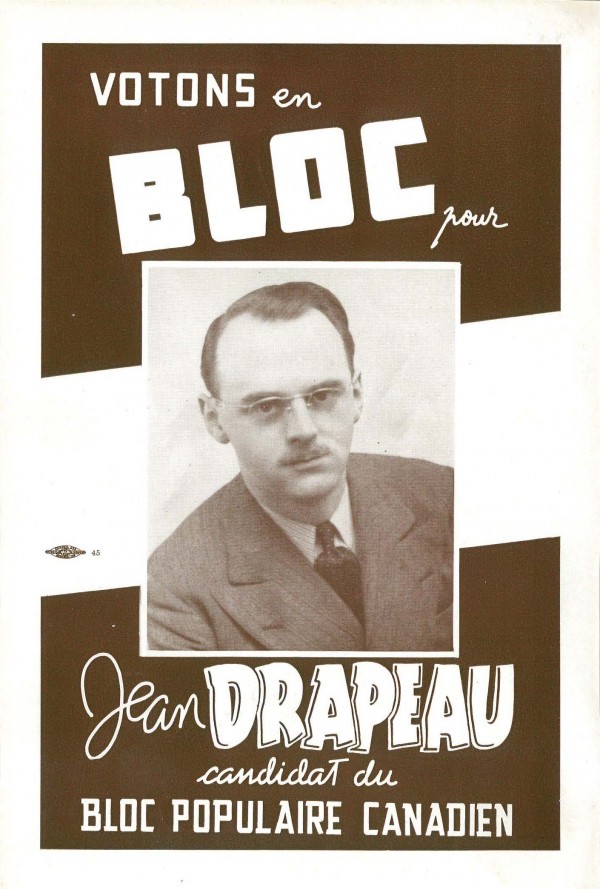Article
Bill 101 (Charter of the French Language)
Introduced by Camille Laurin, Bill 101, the Charter of the French Language (1977), made French the official language of the Government and the courts of Quebec. French became the ″normal, everyday language of work, instruction, communication, commerce and business."









